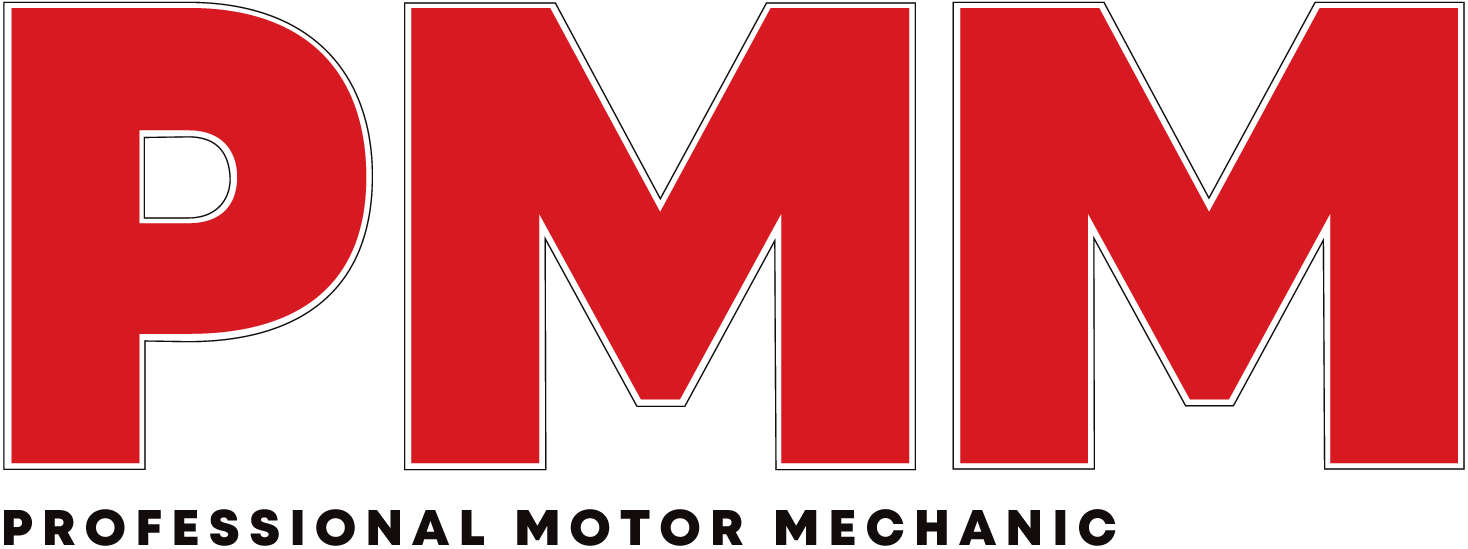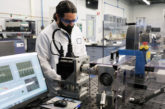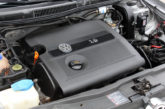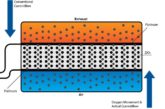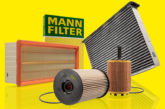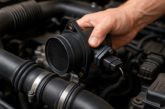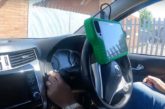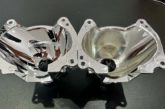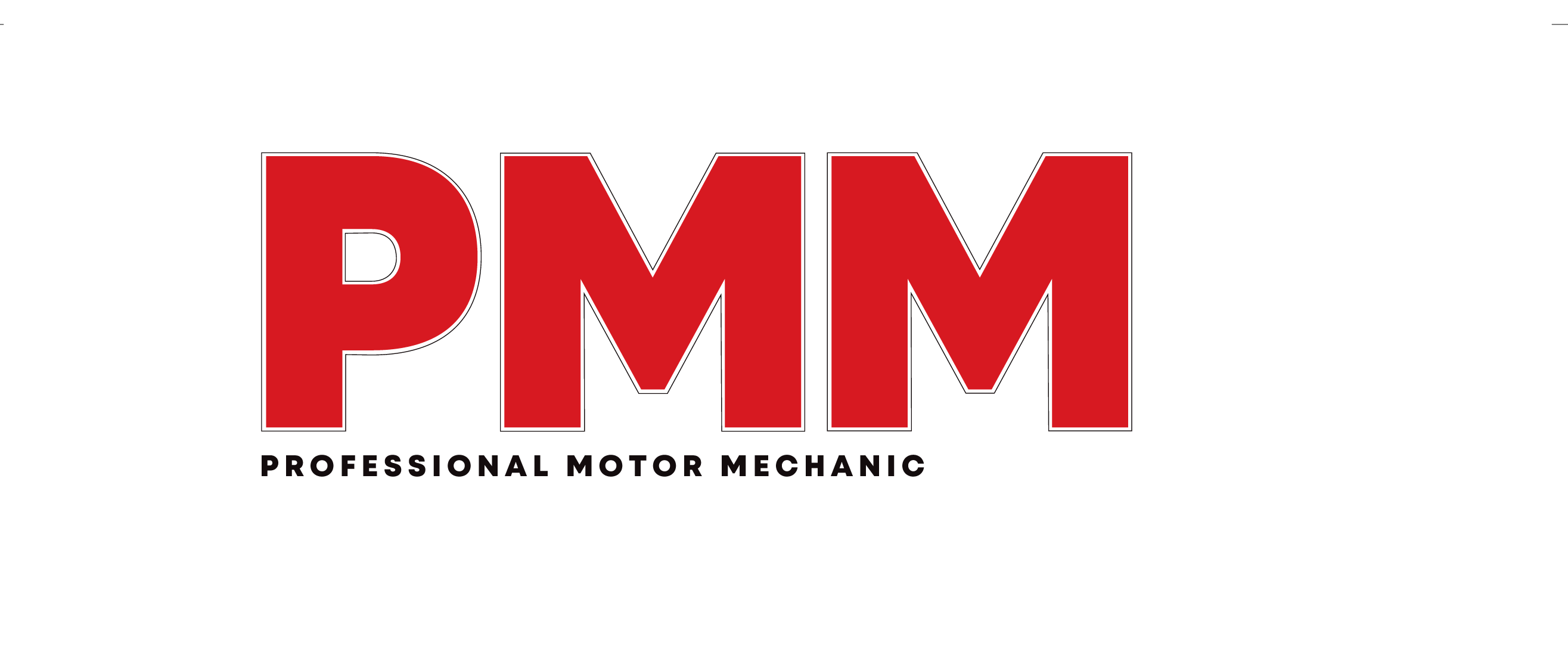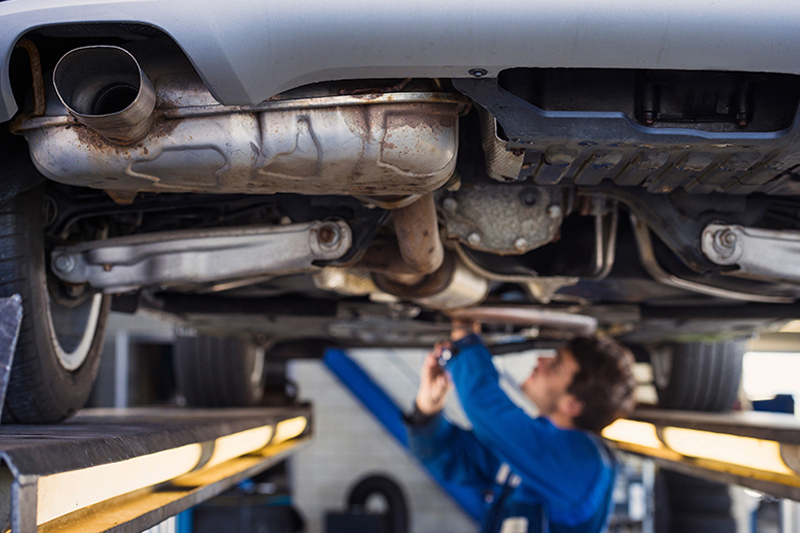
EEC’s technical trainer Stuart Still gets to the bottom of a DPF issue on a Vauxhall van.
I recently visited one of my distributors who were having an emissions issue with a Vauxhall Vivaro van. It started when their customer limped into his garage with two fault codes DPF070, DPF059 and ’emissions’ illuminated on the dash. The technician diagnosed a DPF problem and fitted a new EEC DPF, he reset the ECU and removed the fault codes, but did not carry out a forced regeneration as directed in our fitting instructions. His customer collected the van and drove for about 20 miles, then all the same fault codes returned. At this stage he took the van to the Vauxhall dealership, where guess what he said? “It’s an aftermarket DPF, they don’t work; you need to fit an OE DPF.”
At this point I visited the garage with my distributor and explained that there is nothing wrong with the DPF, with this van having a Renault engine what he must do is carry out an engine oil and filter change, reset the ECU (using the Renault CLIP machine or a tool with the same capability), remove all fault codes and then complete a forced regeneration, followed by an ECU reset, it is then advisable to go for a drive for about 20 minutes at over 2500RPM and this should resolve the issue.
It is always advisable when any DPF- related fault code appears to check the engine oil for diesel contamination, this is a common problem that can occur during the DPF regeneration process, which operates by sending up to eight times the amount of fuel through the engine into the DPF which acts like a furnace raising the temperature to over 550 degrees that burns off all the particulate matter.
A build-up of carbon on the injectors, inlet valves, exhaust valves, turbo, EGR value and glow plugs are the major contributor to a blocked DPF. By using the EEC 6in1 DPF solution you can remove this problem, keeping these components free from carbon and primarily reducing the temperature at which particulate matter burns within the DPF.
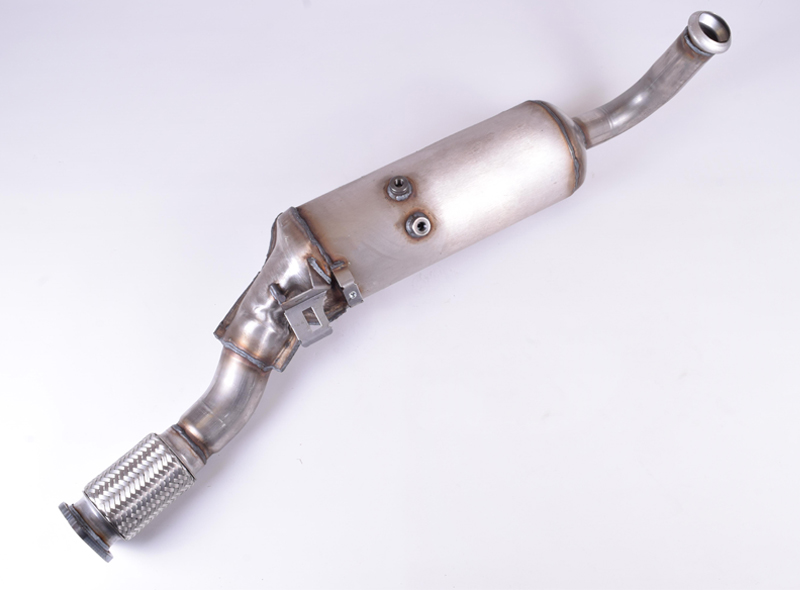
Useful advice
If the DPF light comes on, it needs regenerating (see manufacturer’s handbook). If the engine management light comes on and the glow plug light flashes, then you will not be able to regenerate the DPF by driving.
- Limp home mode will engage, with a maximum of 3,000 RPM
- Check pressure sensors. There could be a build-up of water
- Examine pressure pipes for damage. They must be clear or could freeze in extreme temperatures due to condensation build up
- Check that the EGR system is clean and working correctly
- Check that the vehicle has the correct spec engine oil
- Check the fuel additive Eolys/Cerine
If a DPF does not regenerate due to engine- related faults or driving practices (short, stop- start journeys) and fills to over 90 per cent or 45 grams, the DPF will need replacing. This is not covered under warranty.
The ECU must be reset, followed by a forced regeneration when a new DPF is fitted. This is to ensure that the ECU knows that the DPF and all related sensors are reset.
DPF will not regenerate if:
- Engine management light is on for any fault.
- Faulty EGR valve.
- There are less than 20 litres of fuel in the fuel tank or if the fuel light is on regeneration will not take place.
It is possible to carry out a forced DPF regeneration by using the correct diagnostic machine; depending on the vehicle this operation could be static or dynamic. This operation could take up to 40 minutes.
